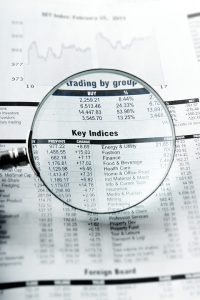Australia’s bond market is a crucial component of the country’s financial system, providing investors with opportunities to invest in fixed-income securities issued by various entities. The Australian bond market consists of government, corporate, and municipal bonds, each offering unique investment options for individuals and institutions looking to diversify their portfolios.
Government bonds are issued by the Australian government through the Australian Office of Financial Management (AOFM). These bonds are considered to be one of the safest investments available, as they are backed by the full faith and credit of the government. They are typically used to finance government spending and are considered low-risk investments with a guaranteed return.
Corporate bonds, on the other hand, are issued by private companies to raise capital for various projects or operations. These bonds carry a higher level of risk compared to government bonds, as they are dependent on the financial health of the issuing company. However, they also offer higher yields to compensate for the increased risk.
Municipal bonds are issued by local governments or authorities to fund public infrastructure projects or services. These bonds are typically exempt from federal income tax, making them attractive to investors seeking tax-efficient investment options.
The performance of bonds in the Australian market is measured by their yield, which is the annual return on investment expressed as a percentage of the bond’s face value. Bond yields are influenced by various factors, including interest rates, inflation, credit ratings, and economic conditions. As interest rates rise, bond prices tend to fall, leading to higher yields to attract investors. Conversely, when interest rates decrease, bond prices tend to rise, resulting in lower yields.
Investing in the Australian bond market requires a solid understanding of market analysis and risk management strategies. Investors can use various tools and techniques to evaluate bond performance and make informed investment decisions. Some of the key metrics used in bond analysis include duration, yield curve, credit ratings, and current yield.
Duration measures a bond’s sensitivity to changes in interest rates, with longer duration bonds being more volatile compared to shorter duration bonds. Yield curve analysis provides insights into interest rate expectations and economic conditions, helping investors assess the risk-return profile of different bonds. Credit ratings indicate the creditworthiness of bond issuers, with higher-rated bonds considered less risky than lower-rated bonds. Current yield measures the annual income generated by a bond relative to its current market price.
In conclusion, the Australian bond market offers a diverse range of investment opportunities for investors seeking fixed-income securities. Government, corporate, and municipal bonds provide investors with options to build a well-diversified portfolio while managing risk and generating income. By understanding market trends, performance metrics, and investment strategies, investors can navigate the Australian bond market with confidence and grow their wealth over time.








